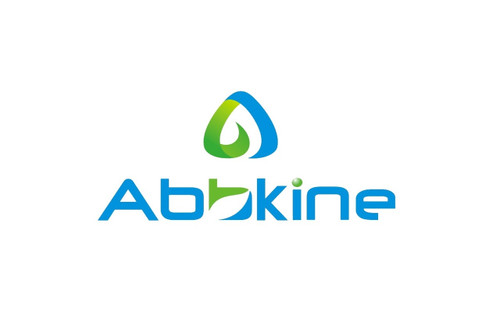Product Description
Rat 5'-nucleotidase/cluster of differentiation 73 (NT5E/CD73) ELISA Kit | AE63295RA | Abebio
Species Reactivity: Rat (Rattus norvegicus)
Abbreviation: NT5E/CD73
Alternative Name: N/A
Application: ELISA
Range: 0.625-40 ng/mL
Sensitivity: 0.261 ng/mL
Intra-Assay: ≤6.3%
Inter-Assay: ≤9.5%
Recovery: 1, 01
Sample Type: Serum, Plasma, Other biological fluids
Detection Method: Sandwich
Analysis Method : Quantitive
Test Principale: This assay employs a two-site sandwich ELISA to quantitate NT5E/CD73 in samples. An antibody specific for NT5E/CD73 has been pre-coated onto a microplate. Standards and samples are pipetted into the wells and anyNT5E/CD73 present is bound by the immobilized antibody. After removing any unbound substances, a biotin-conjugated antibody specific for NT5E/CD73 is added to the wells. After washing, Streptavidin conjugated Horseradish Peroxidase (HRP) is added to the wells. Following a wash to remove any unbound avidin-enzyme reagent, a substrate solution is added to the wells and color develops in proportion to the amount of NT5E/CD73 bound in the initial step. The color development is stopped and the intensity of the color is measured.
Product Overview: Ecto-5-prime-nucleotidase (5-prime-ribonucleotide phosphohydrolase; EC 3.1.3.5) catalyzes the conversion at neutral pH of purine 5-prime mononucleotides to nucleosides, the preferred substrate being AMP. The enzyme consists of a dimer of 2 identical 70-kD subunits bound by a glycosyl phosphatidyl inositol linkage to the external face of the plasma membrane.The enzyme is used as a marker of lymphocyte differentiation. Consequently, a deficiency of NT5 occurs in a variety of immunodeficiency diseases . Other forms of 5-prime nucleotidase exist in the cytoplasm and lysosomes and can be distinguished from ecto-NT5 by their substrate affinities, requirement for divalent magnesium ion, activation by ATP, and inhibition by inorganic phosphate
Stability: The stability of ELISA kit is determined by the loss rate of activity. The loss rate of this kit is less than 5% within the expiration date under appropriate storage condition. The loss rate was determined by accelerated thermal degradation test. Keep the kit at 37°C for 4 and 7 days, and compare O.D.values of the kit kept at 37°C with that of at recommended temperature. (referring from China Biological Products Standard, which was calculated by the Arrhenius equation. For ELISA kit, 4 days storage at 37°C can be considered as 6 months at 2 - 8°C, which means 7 days at 37°C equaling 12 months at 2 - 8°C) .
 Euro
Euro
 USD
USD
 British Pound
British Pound
 NULL
NULL








